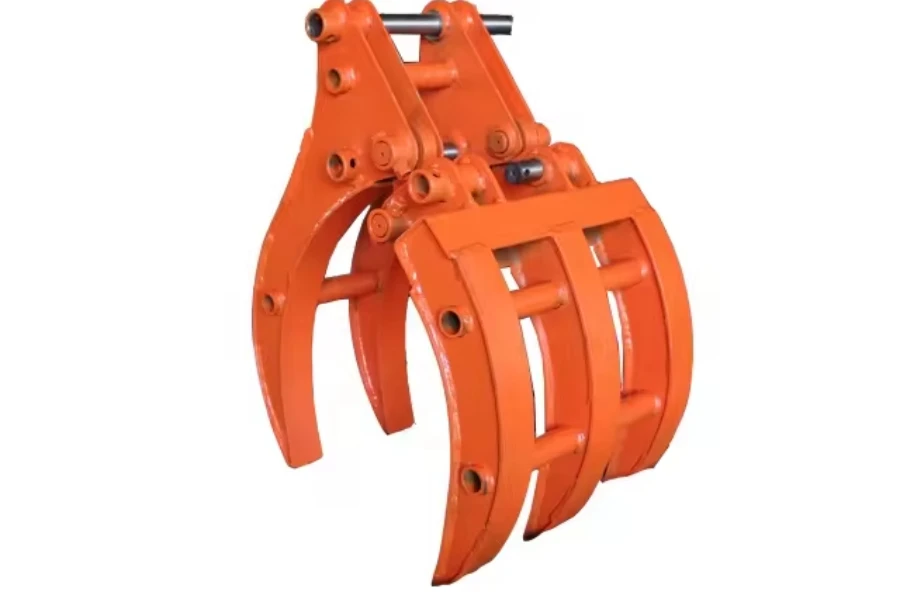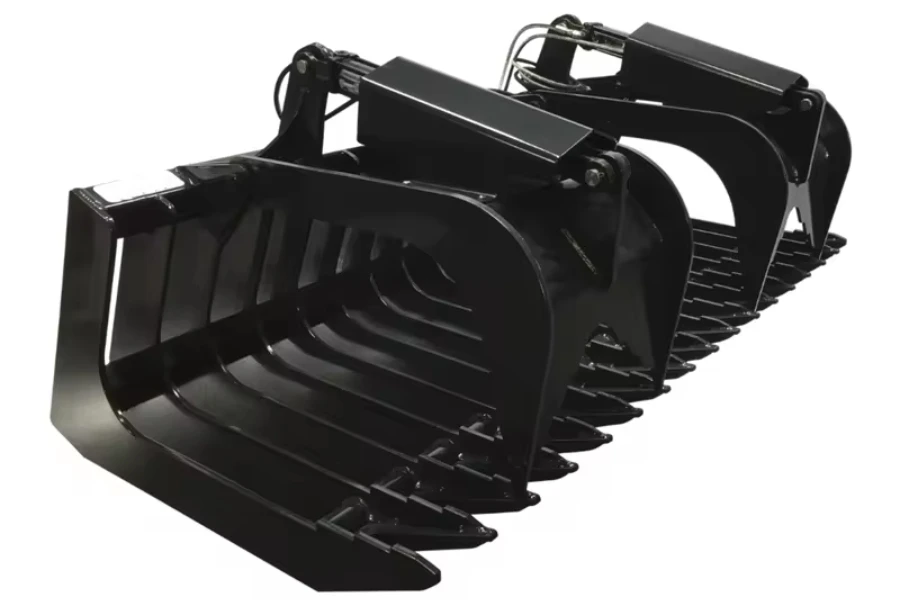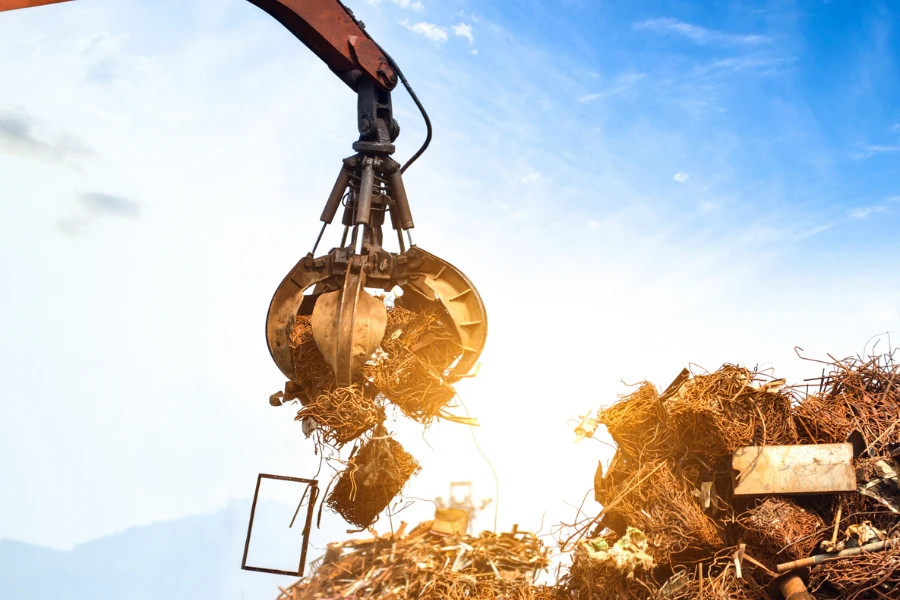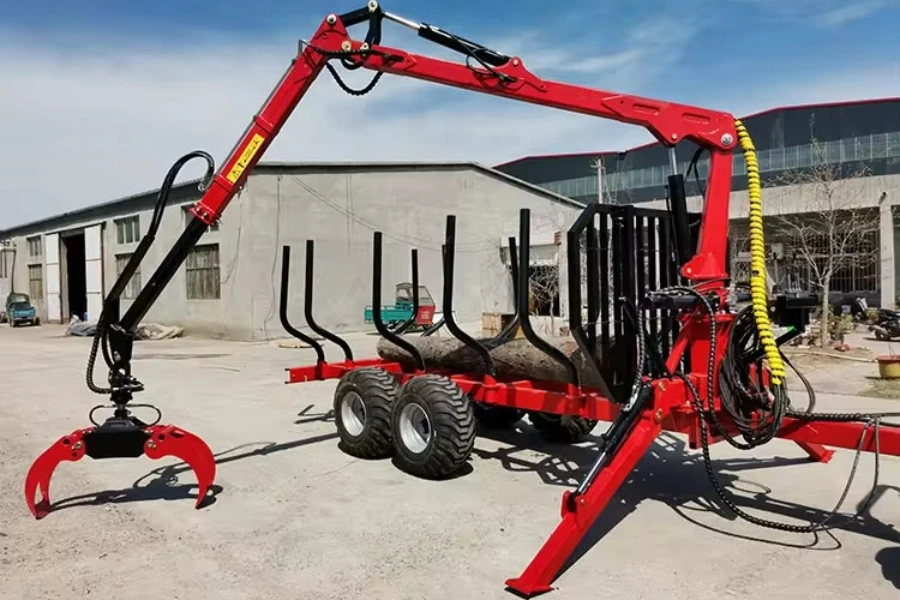In the realm of heavy machinery, grapples stand out as essential tools that enhance efficiency and productivity. These versatile attachments offer unparalleled support in various applications, from forestry to recycling. Understanding grapples’ design, functionality, and maintenance can significantly impact your operations. This article explores the critical aspects of grapples, shedding light on their importance in modern machinery.
Table of Contents:
– The design and types of grapples
– Key applications of grapples in different industries
– Maintenance tips for long-lasting grapple performance
– Selecting the right grapple for your machinery
– Future trends in grapple technology
The design and types of grapples

Grapples are designed to handle a wide range of materials, from logs and scrap metal to waste and debris. Their construction is robust, featuring high-strength steel that withstands the rigors of heavy lifting and manipulation. The design of a grapple is crucial, as it determines its suitability for specific tasks. For instance, a log grapple is shaped to grip round objects securely, while a demolition grapple has pointed tines for piercing and holding irregular materials.
There are several types of grapples, each tailored to particular applications. Rotating grapples allow for precise positioning of materials, enhancing operational flexibility. Clamshell grapples, with their two-sided design, are perfect for grabbing loose materials. Understanding the various grapple designs and their intended uses is essential for optimizing your machinery’s capabilities.
Key applications of grapples in different industries

Grapples are indispensable in industries such as forestry, recycling, construction, and demolition. In forestry, they are used for sorting, loading, and transporting logs. The efficiency of these operations greatly depends on the grapple’s design, which ensures minimal damage to the logs while maintaining a firm grip.
In the recycling sector, grapples handle a variety of materials, from metal scraps to plastics. Their versatility allows for efficient sorting and processing, contributing to sustainable practices. Construction and demolition sites benefit from grapples in debris removal, site clearance, and material handling, showcasing their adaptability and strength.
Maintenance tips for long-lasting grapple performance

Maintaining grapples in top condition is vital for their longevity and performance. Regular inspections are necessary to identify wear and tear, especially on the tines and hydraulic components. Lubrication of moving parts prevents rust and ensures smooth operation. Additionally, operators should be trained to use grapples correctly, avoiding practices that could lead to premature wear or damage.
Replacing worn-out parts promptly is crucial to maintaining the grapple’s functionality. Using genuine parts ensures compatibility and reliability. Keeping a maintenance log helps track the grapple’s condition over time, facilitating timely interventions.
Selecting the right grapple for your machinery

Choosing the appropriate grapple involves considering the machinery’s capacity, the material to be handled, and the application’s specific requirements. Compatibility with the carrier machine is crucial, as is the grapple’s weight and hydraulic requirements. Consulting with experts and conducting trials can help determine the most suitable grapple, ensuring efficient and effective operation.
Understanding the task at hand and the environment in which the grapple will operate is essential. For instance, a grapple used in a sawmill may have different requirements than one used in a scrapyard. Prioritizing features such as durability, ease of maintenance, and versatility can guide the selection process.
Future trends in grapple technology

The evolution of grapple technology is closely tied to advancements in materials science and hydraulic systems. Lighter, stronger materials are being developed, enhancing grapple efficiency and reducing the overall weight. Innovations in hydraulic design are improving precision and control, allowing for more complex and delicate operations.
Automation and smart technology integration are emerging trends. Sensors and AI could enable grapples to adapt their grip and pressure based on the material, optimizing handling and reducing waste. These advancements promise to increase the utility and efficiency of grapples in various industries.
Conclusion:
Grapples play a pivotal role in enhancing the productivity and efficiency of machinery across multiple industries. Understanding their design, applications, and maintenance is crucial for optimizing their use. As technology advances, grapples will continue to evolve, offering even greater capabilities and adaptability. Staying informed about these trends is essential for anyone looking to leverage the full potential of their machinery.



